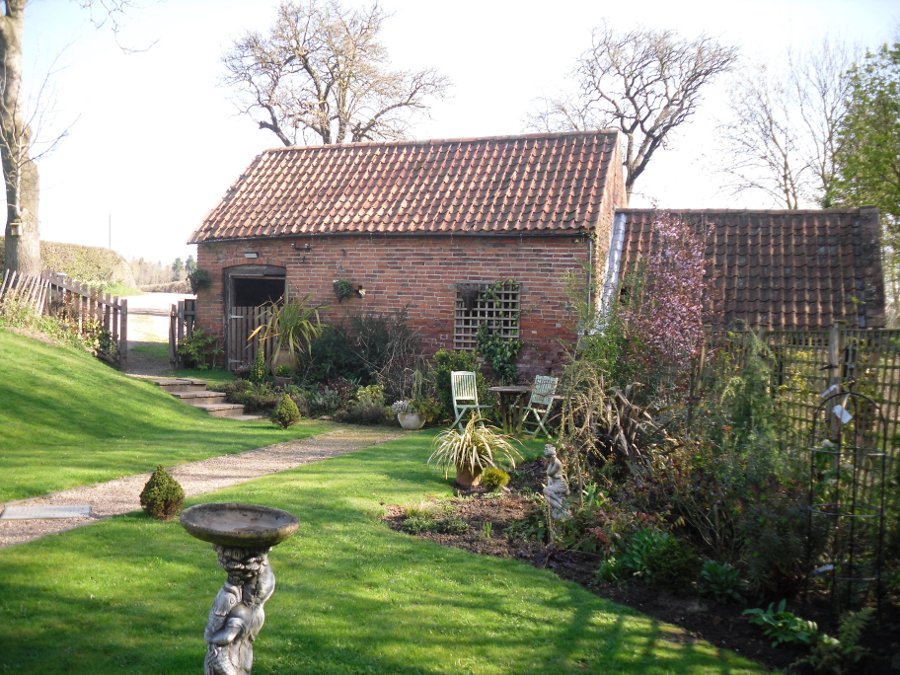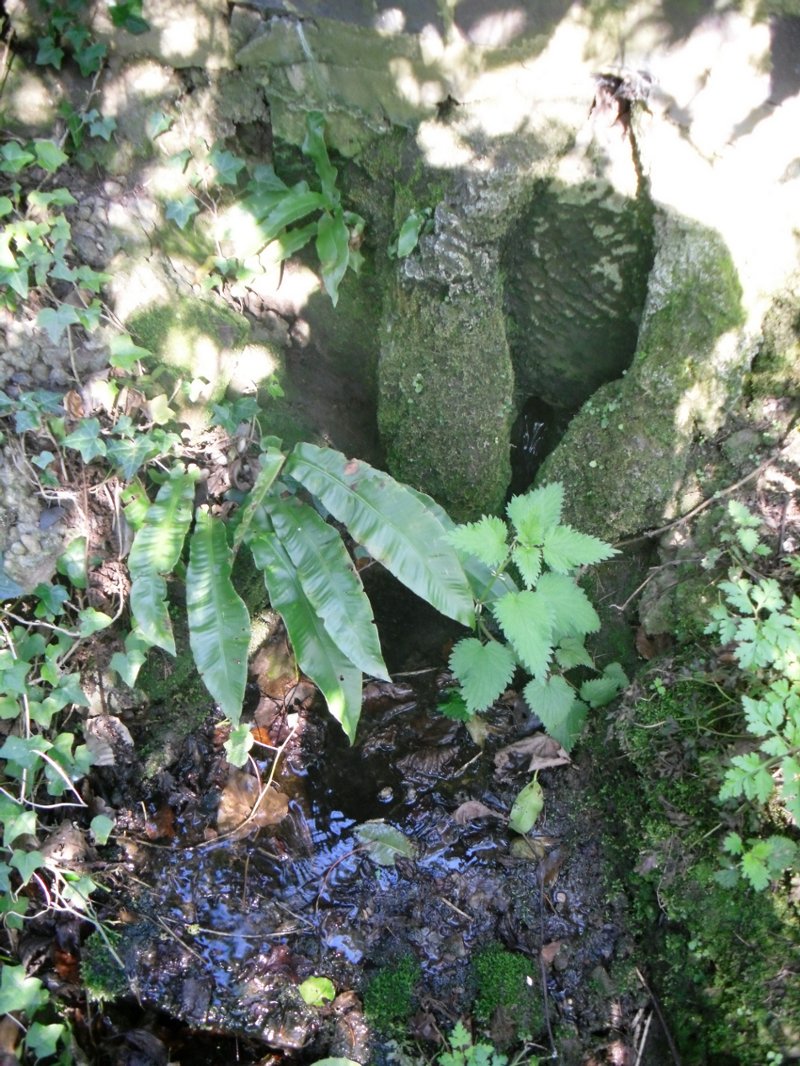Holy Well: OS Grid Reference – SK 684 532
Getting Here

To find Westhorpe, take the lane on the left as one leaves Southwell, and then the next left, Bath Lane. The cottage is the only house on this lane and the well arises on the edge of its private garden. Ask permission to view.
Archaeology and History
The earliest record of a religious institution here is in 1482, when a chapel was erected dedicated to the saint. Whether this was built to cater for those who sought the well is unclear, but it seems likely. Little is recorded of its mediaeval history. Of its post-Reformation history, Dickinson (1819) notes that a Mr. Burton of Norwood Park built a house and bath at the site in 1720. He appears to have used the saint as support for its properties as:
“Over the head of the fountain was a plate, on which some Latin verses were inscribed, much to the honour of the tutelary saint, and the reputation of the water.”


It is thought that the cottage and barn at the site may be the remains of this venture, although, I was informed by the occupant that the barn had mediaeval features. When Bob Morrell (1988) visited he was also told that a bath-like structure with steps down was located nearby, but an exact location was unknown, and the current occupiers were similarly unaware of it when I visited. This was probably a relic of Mr Burton’s exploitation. This appears to have been a brief period, for as Shilton (1818) notes, it
“…would have retained them to this day, had there been the due accompanyments (sic) for luxurious lounge, intrigue and scandal commodiously attached.”

St. Catherine’s Well itself is found between Bath Cottage and the barn. It arises in a brick-lined square structure capped with a broken slab. This sits on an older structure which has the appearance of calcareous rock; although any petrifying properties are not noted by previous authors. When first visited the well house was dry; however, a more recent visit in spring showed a considerable flow (despite a dry winter). It flowed from a clay pipe within the well house and leaves through a smaller pipe set into the calcified part and then down to the dumble below. In this dumble appear to be some dressed stone which may have been part of the original structure. Beside the well on the bank above is a small slate monument which records:
“A chapel dedicated to St. Catherine existed here in medieval times but it is thought to have fallen into disuse at the dissolution. A spring and well with reputed healing properties near the chapel was still patronised in the 1800s by those seeking relief from rheumatism. The present bath cottage was erected on the site of the chapel. D.J Hall Southwell.”
Folklore
Not much but its waters were said to be a cure for rheumatism being particularly cold.
References:
- Dickinson, W. (1787), A History of the Antiquities of the Town and Church of Southwell, in the County of Nottingham. Nottingham.
- Morrell, R. W. (1988), Nottinghamshire Holy Wells and Springs. Nottingham
- Parish, R.B. (2010), Holy wells and healing springs of Nottinghamshire. Nottingham
- Rattue, James (1995), The Living Stream: Holy Wells in Historical Context, Boydell: Woodbridge.
- Shilton, R. P. (1818), The History of Southwell in the county of Nottinghamshire. Nottingham.
© Ross Parish, The Northern Antiquarian
The map could not be loaded. Please contact the site owner.